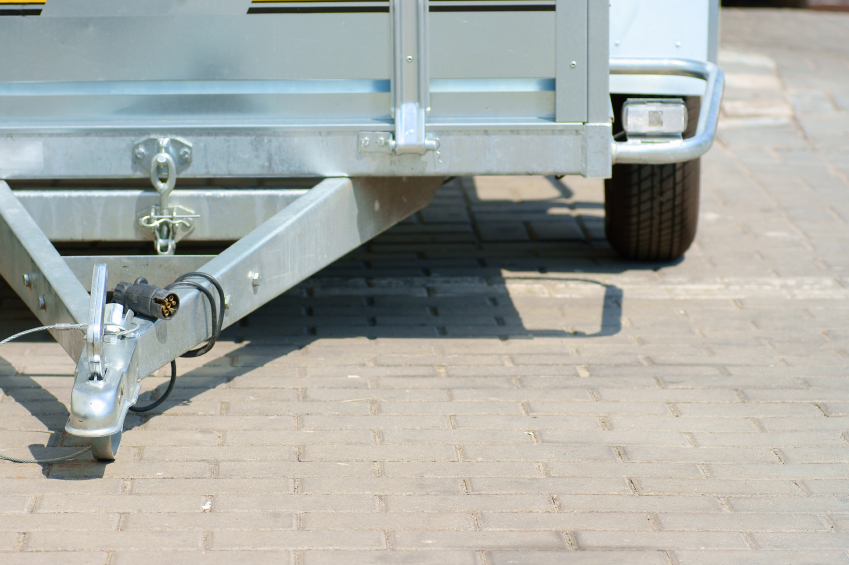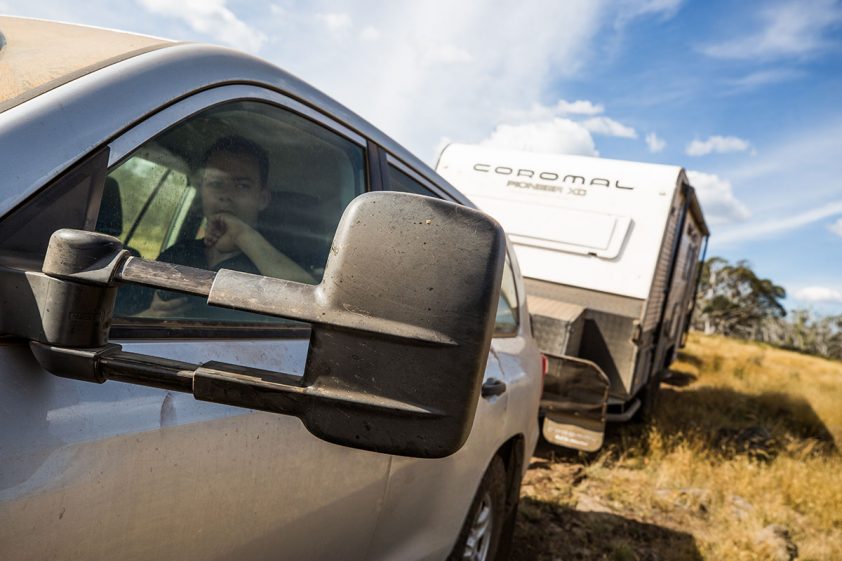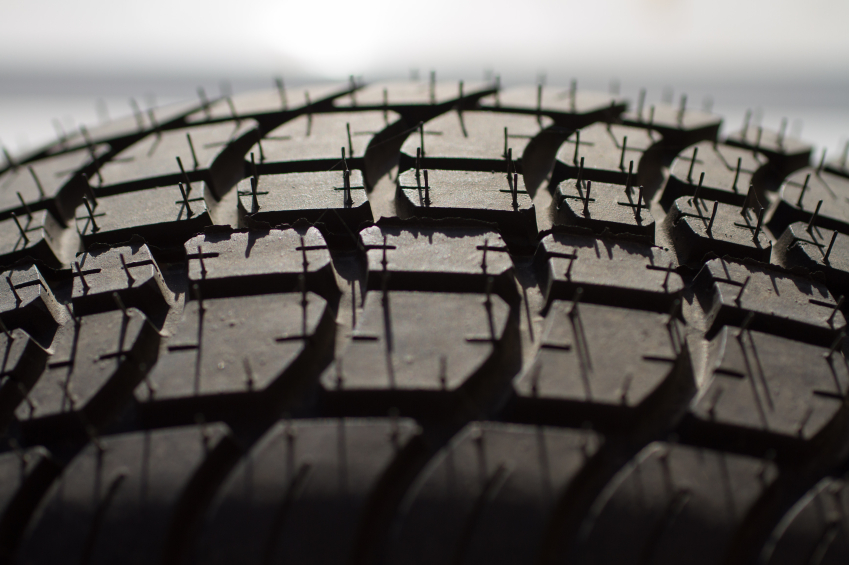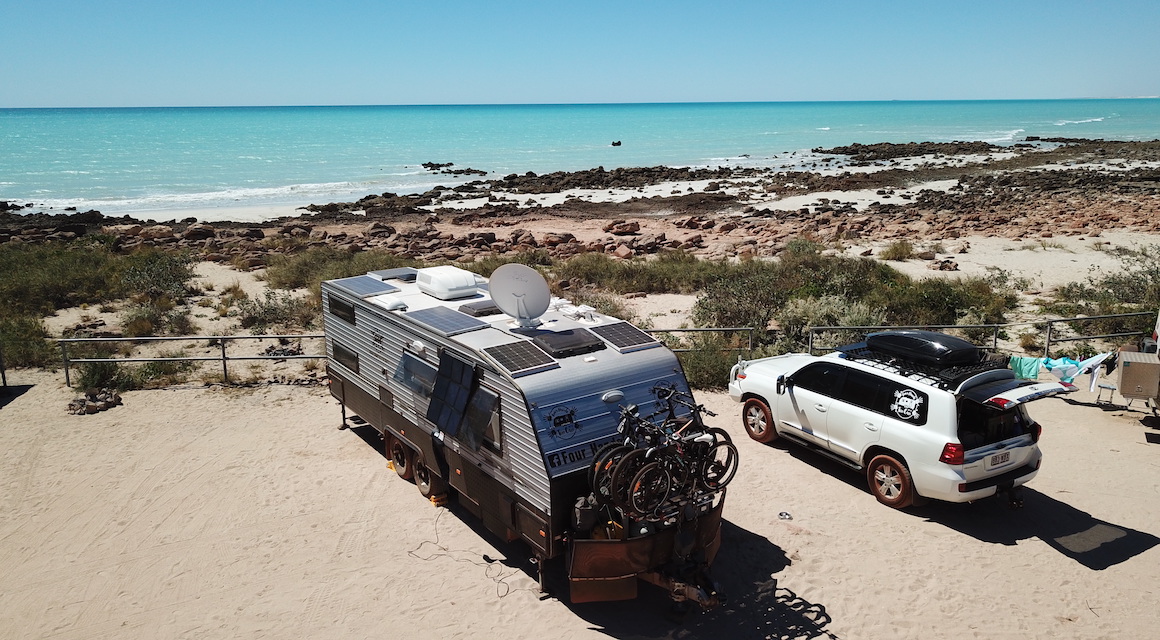In the eighth and last in our series on rebuilding your trailer, we’re going to look at how to paint a trailer and get it back on the road.
What you’ll need
When looking for the right paint, don’t scrimp – choose a good-quality paint with rust inhibitor and buy enough to do at least two coats. The colour? You could match the towing vehicle, stay with traditional grey or black, or stand out with a brilliant red.
Depending on the brand of paint you choose, you might also need a primer and/or undercoat. If the trailer has a wooden floor, the available options will depend on how the timber has been treated. The market offers a wide range of choices, so talk to your local distributor about what you need and how the trailer will be used.
You’ll be using some pretty toxic materials, so make sure there’s plenty of ventilation – it’s best to paint outside on a mild day with a light breeze. Wear a mask, long sleeves and gloves to avoid skin contact. Make sure you consult an expert and follow any advice before you begin.
Paint it like a pro
Preparation is essential, so even if you’ve already primed the frame, check that every surface is clean and free of rust.
Cover the lights, reflectors, VIN plate and any other identification marks with masking tape. Paint the entire trailer according to the product instructions, making sure every inch is covered. You might find that rust-inhibiting paint will soak right into the rusty patches, but not so much the spots where paint is intact, so those will need extra work.
Make sure it’s compliant
Now that it’s shiny and painted, your trailer is nearly ready to hit the road. However, there are a few more things you need to have in place so that it’s compliant.
If there isn’t one already, a registration label holder must be fitted securely on the left-hand side of the vehicle. Likewise, make sure there’s somewhere to attach the number plate.
Trailers under 2.5 tonnes ATM must have at least one drawbar safety chain attached as near as practicable to the tow coupling. If it’s between 2.5 and 3.5 tonnes, it will need two chains – one attached to either side of the drawbar.
The primary purpose of safety chains is to prevent the trailer separating completely from the towing vehicle in the event of a coupling failure. Their secondary function is to prevent the drawbar of the trailer digging into the road surface.
Do you need a load leveller? Levellersor weight-distribution hitches distribute weight from the tow bar back to the trailer, helping to avoid loss of traction or damage to the towing vehicle caused by sagging. It’s not required by law, but makes for safer towing.
That’s the final step in our series on rebuilding your trailer. By now you should have a good-looking reconditioned trailer that’s ready for registration and work.
Now that your trailer is as good as new again, here are some security measures you can take to deter any would-be thieves.





